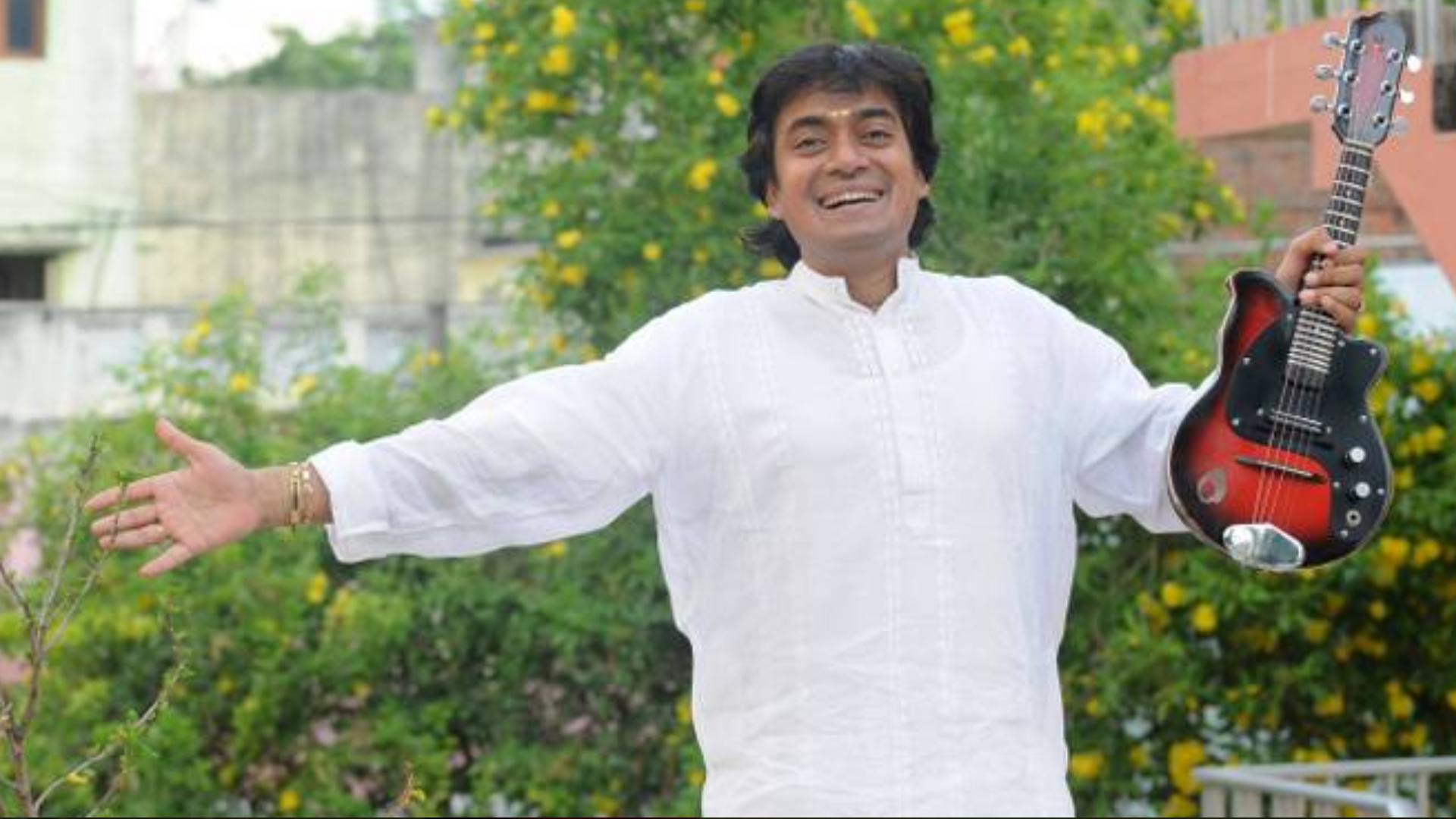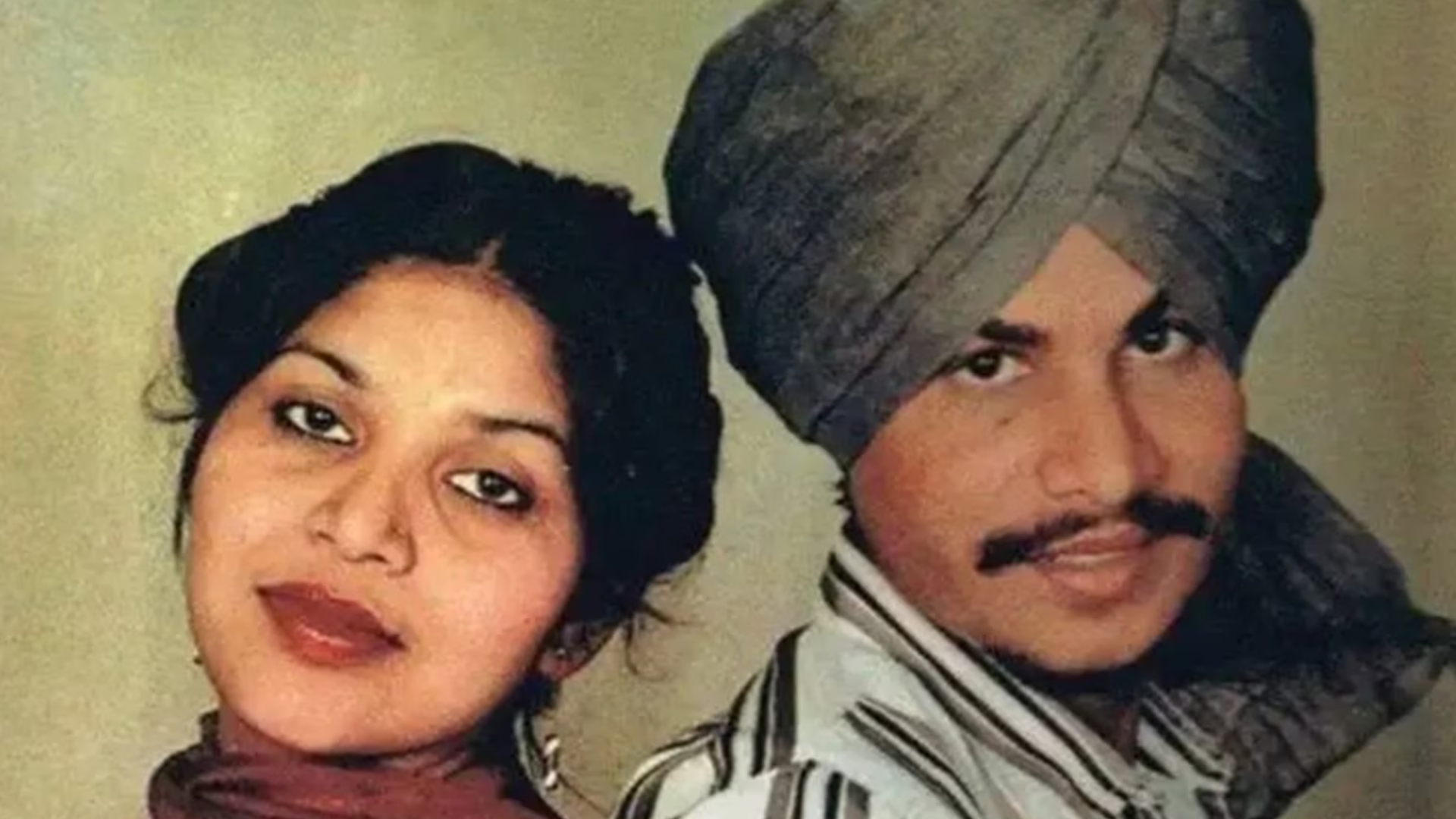The Prodigy: How U. Srinivas gave the Mandolin a Carnatic Soul

In the rich continuum of Carnatic music, instruments such as the violin, veena, mridangam, and flute have long held canonical status. When a boy of barely six years old - Uppalapu Srinivas - picked up the mandolin, many assumed it would remain a novelty; a western curiosity attempting to find a place in a tradition that prized centuries of unbroken lineage.
Yet Srinivas did more than adapt the mandolin; he reimagined it as an idiomatic voice of Carnatic music.
Born in 1969 in Palakol, Andhra Pradesh, Srinivas was drawn to sound more than speech. His father, U. Satyanarayana, spotted that spark and handed him a mandolin; and unknowingly set off one of the most radical reinventions in Indian music.
Srinivas practiced obsessively, teaching himself how to make the strings bend and slide like a singer’s gamaka. He would later modify the instrument entirely - adding a fifth string, tuning it to match the tonal structure of ragas, and wiring it with a contact microphone to retain its subtlety on stage.
By his teens, he had already entered the Carnatic mainstream, not through confrontation but through consistency. The December season in Chennai began reserving slots for “Mandolin Srinivas” - a phrase that once sounded like a contradiction but now stood for a new aesthetic. His concerts drew crowds of purists and newcomers alike, and even the conservative sabhas began to understand that the future of tradition sometimes arrives disguised as experiment.
Outside India, he found a parallel path. His collaborations with John McLaughlin and Zakir Hussain in Remember Shakti revealed a musician whose understanding of rhythm and tone could converse across idioms. In a setting where many Indian classical artists struggled to retain their core, Srinivas remained unshaken. His sound, even amidst jazz improvisation or electric texture, carried the austerity of Carnatic grammar.
When he passed away in 2014, it marked the end of a remarkable chapter. Srinivas had shown that tradition and innovation could move together without conflict. The mandolin, once peripheral to Carnatic music, had become part of its vocabulary.
Swarakalpanai by U. Srinivas
Swarakalpanai by U. Srinivas
Swarakalpanai is an improvisational section in Carnatic music where the artist creates spontaneous melodic patterns using solfa syllables — sa, ri, ga, ma, pa, da, ni — within a chosen raga and tala. It typically follows the main composition (kriti), exploring rhythmic precision and creativity. The musician returns each phrase seamlessly to the composition’s start point (eduppu), displaying mastery over both melody and rhythm.
Young U. Srinivas (Rare Clip)
Entha Muddo – Bindumalini
1984
“Entha Muddo – Bindumalini” is a luminous ragamalika piece where Srinivas weaves together multiple ragas under the lyrical anchor “Entha Muddo.” His mandolin dances across melodic segments with fluid slides, microbends, and crisp articulation, always preserving clarity. The transitions between ragas are seamless, and his phrasing feels vocal.
U. Srinivas, accompanied by Bhakthavatsalam on Mridangam, Kanyakumari on Violin, and E. M. Subramanyam on Ghatam
May 3, 1989
Gajavadhana
Rama Sreerama (1994, Real World Records)
“Gajavadhana,” as the opener of Rama Sreerama, is a devotional invocation to Ganesha, set in the raga Hamsavinodhini. Srinivas’s rendering is graceful: he weaves lyrical phrases with clean ornamentation, preserving purity and devotion. The recording’s clarity from Real World Studios gives each subtle slide, resonance, and microtonal nuance space to breathe.
Siva Siva Siva
“Siva Siva Siva” is a Carnatic composition in the raga Pantuvarali and set to Adi tala. The mandolin glides through the raga’s yearning notes with precision and grace. The gradual build, intricate swarakalpanai, and crystal-clear tone make it one of his most emotionally charged live staples.
U. Srinivas Live at Berlin Jazz Festival
Live at Jazz à Vienne
Remember Shakti (2004)
This concert captures John McLaughlin, U. Srinivas, Zakir Hussain, V. Selvaganesh, and Shankar Mahadevan at their telepathic best. Srinivas’s mandolin soars between Mahadevan’s vocals and McLaughlin’s guitar, framed by complex rhythmic cycles from Zakir and Selvaganesh. The performance embodies cross-cultural improvisation — Hindustani, Carnatic, and jazz elements converging seamlessly into one fluid, high-energy conversation on stage.
U. Srinivas replaces L. Shankar in Remember Shakti
Venkataramana
U. Srinivas: Mandolin; P. Sundararajan: Violin; Vellore Ramabhadran: Mridangam; E.M. Subramaniam: Ghatam
U. Srinivas’s rendition of “Venkataramana” (Papanasam Sivan, in rāga Latāngi) exemplifies his expressive clarity. On the mandolin, he preserves the lyricism of the kriti while adding delicate swara improvisations, fluid slides, and clean transitions. The accompaniment (violin, mridangam) stays responsive, letting the mandolin articulate the melodic lines cleanly.
U. Srinivas at NCPA One World Many Musics
Ustad Zakir Hussain, Ustad Sultan Khan & U. Srinivas
Sri Swaminathaya Namaste
In Sri Swaminathaya Namaste in rāga Khamas, U. Srinivas brings out the devotional tone with his mandolin’s singing voice. His phrases glide between the raga’s oscillations, weaving microbends and clean accents while keeping each note lucid. In the live environment, he takes liberties with swarakalpanai (improvised passages) that explore the raga’s mood, and resolves every phrase sensitively back to the lyrical line, giving worshipful elegance to technical mastery.
U. Srinivas on How He Developed an Interest in the Mandolin
Srinivas on Growing Up Touring and Missing a “Normal” Childhood





Comments